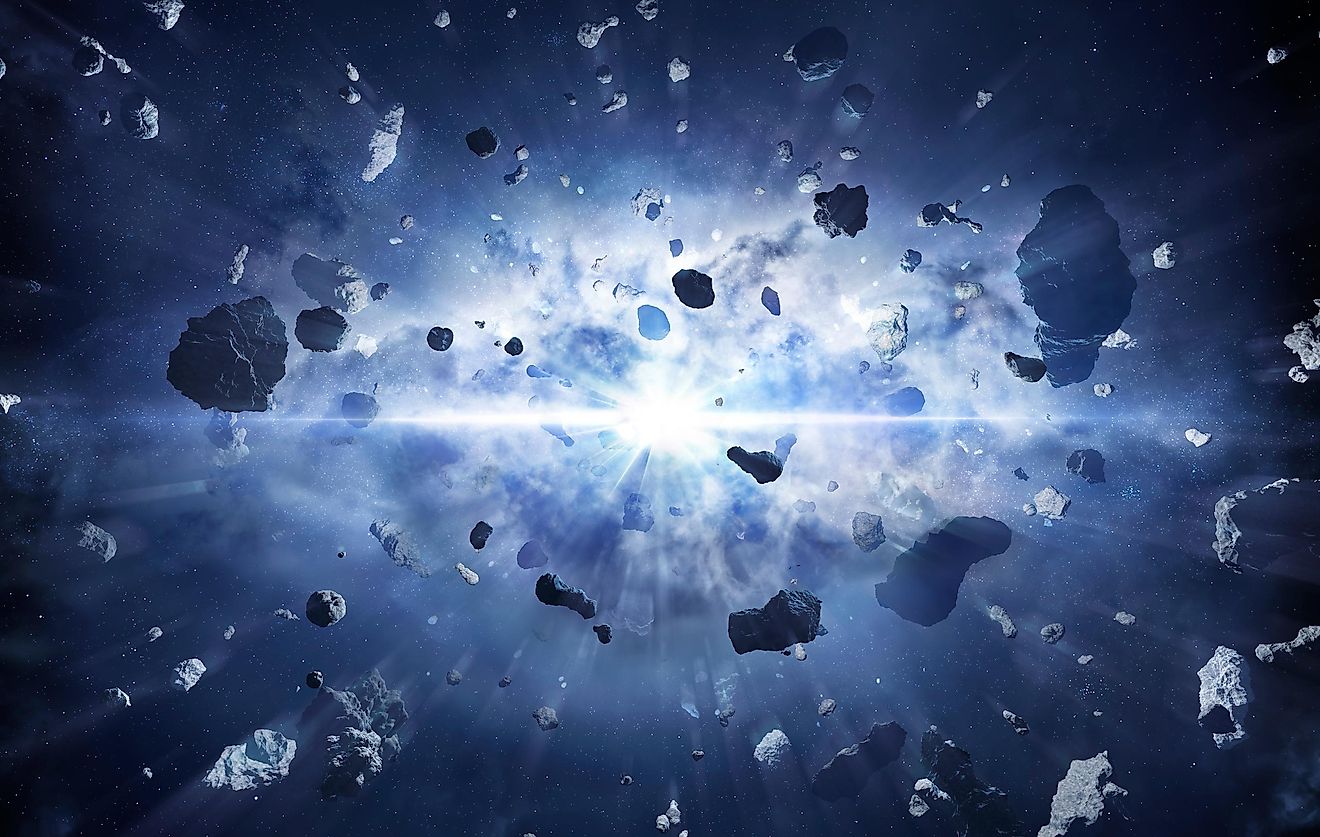The Big Bang Theory: Unveiling the Origins of the Universe
Welcome back to our cosmology article series, where we embark on an exploration of the universe's fascinating mysteries. In this second installment, we delve into one of the most significant concepts in cosmology—the Big Bang theory. Originating from a single, unimaginably dense and hot state, the Big Bang set in motion the expansion and evolution of the universe as we know it today. Join us as we unravel the remarkable story of our cosmic origins.
The Genesis of the Big Bang Theory:
The Big Bang theory emerged as a result of scientific endeavors to understand the nature of the universe. Astronomers and physicists observed that galaxies were moving away from one another in all directions, suggesting that the universe was expanding. This led to the realization that, if the universe is currently expanding, then it must have been much smaller and denser in the past.
An Expanding Universe:
One of the most profound aspects of the Big Bang theory is the concept of an expanding universe. This discovery, made by Edwin Hubble in the 1920s, revolutionized cosmology. By observing the redshift in the light emitted by distant galaxies, Hubble determined that the universe was not static but rather expanding. This finding provided strong evidence in support of the Big Bang theory.
The Primordial Fireball:
According to the Big Bang theory, the universe began as an incredibly hot and dense singularity—an infinitesimally small, infinitely dense point—approximately 13.8 billion years ago. From this primordial fireball, the universe rapidly expanded, cooling down as it did so. As the temperature dropped, fundamental particles and forces that govern the universe emerged, marking the beginning of the cosmic journey.
The Formation of Matter and Energy:
As the universe expanded and cooled, the intense energy of the early universe transformed into matter. During this transformative process, elementary particles, such as protons, neutrons, and electrons, emerged. As the universe expanded further, matter began to clump together, eventually forming galaxies, stars, and planets.
The Cosmic Microwave Background:
One of the most compelling pieces of evidence supporting the Big Bang theory is the detection of the cosmic microwave background (CMB) radiation. Around 380,000 years after the Big Bang, the universe had cooled enough for atoms to form. At this point, photons no longer collided with charged particles, allowing them to travel freely through space. These photons now form the CMB, a faint afterglow of the early universe, which permeates throughout the cosmos.
Open Questions and Ongoing Research:
While the Big Bang theory provides a compelling framework for understanding the origins of the universe, it also raises intriguing questions. For instance, what caused the initial singularity, and what was the nature of the universe before the Big Bang? The field of cosmology continues to push the boundaries of knowledge through observations, experiments, and theoretical investigations, striving to uncover the answers to these fundamental mysteries.
The Big Bang theory serves as the cornerstone of modern cosmology, offering profound insights into the universe's birth and evolution. From the initial singularity to the expansion of space and the emergence of matter and energy, the Big Bang theory has revolutionized our understanding of the cosmos. In our next article, we will delve deeper into the implications of the Big Bang theory, exploring the timeline of the universe's formation and the compelling evidence that supports this paradigm-shifting concept. Stay tuned for an exhilarating journey through the mysteries of the cosmos.

Comments
Post a Comment